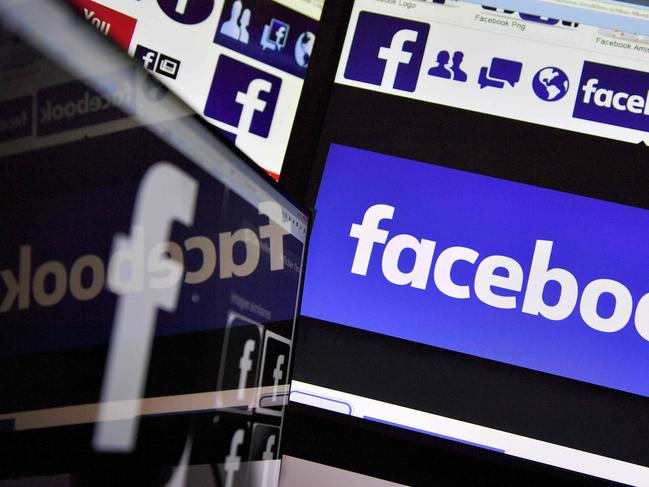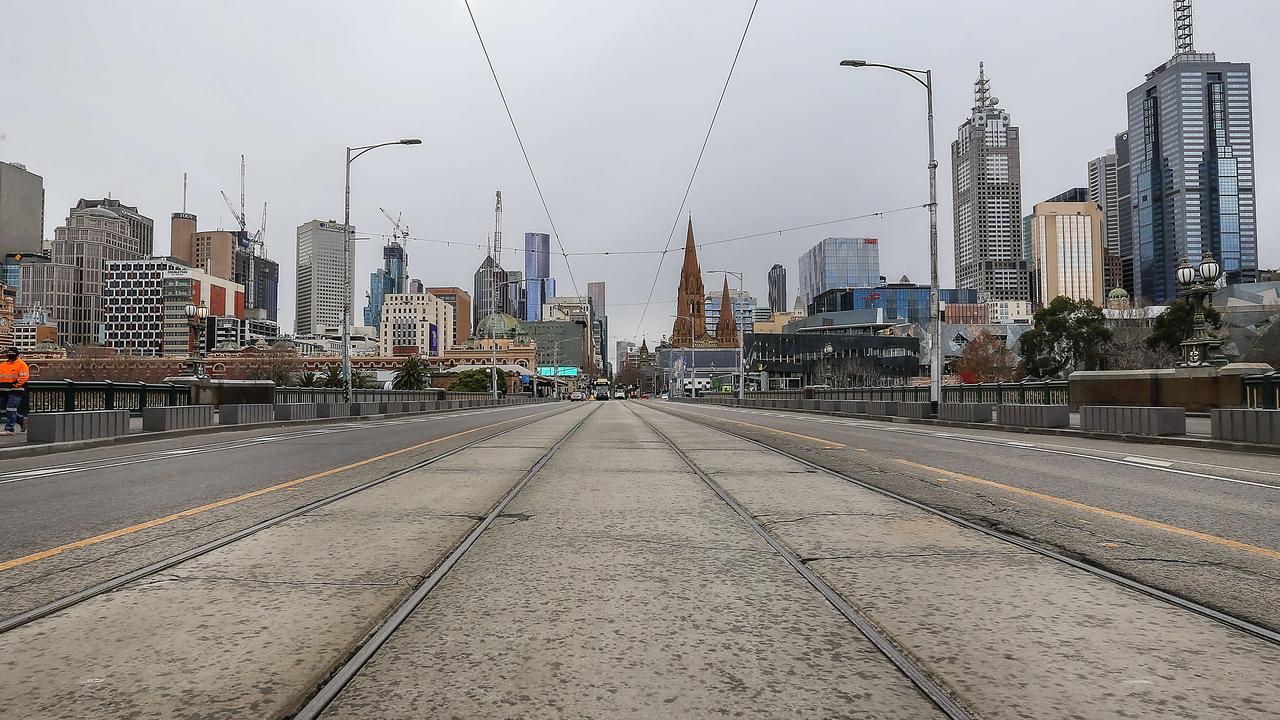How a social media ‘smoko’ could stop us slacking off
Workers are distracted by their phones up to 100 times a day while at work and it’s costing businesses weeks in lost productivity. Is it time to introduce a social media smoko at work, asks Gary Martin?
Opinion
Don't miss out on the headlines from Opinion. Followed categories will be added to My News.
THE time when cigarette smokers gathered outside their office entrance to feed their addiction is almost a thing of the past. While employers often turned a blind eye to a ritual that happened several times every day, they would have been left gasping for air upon realising the time lost through unscheduled smoko breaks could — when aggregated — amount to as much as six full working days per year per smoker.
WILL SOCIAL MEDIA BREAKS AT WORK REPLACE ‘SMOKO’?
HINCH: NATIONAL PUBLIC REGISTER DESPERATELY NEEDED
ANIMAL ACTIVIST DON’T HAVE A CLUE ABOUT FARMING
With smoking rates falling, employers can breathe easier.
But with more people jumping on social media, employers are bracing for a potentially more costly and damaging type of unscheduled addiction break: the need to down tools to check personal social media.
Whether you are in the workplace, classroom, cinema, theatre or at a concert, you need only glance sideways to see that people of all ages are hooked on social media. Many cannot resist the gratification that goes with logging on to receive likes, view notifications and count shares.

For many in the workplace the yearning to check their smart-phone, which is usually charging at their fingertips, the twitching and anxiousness between those scans, and the adrenaline rush associated with succumbing to the urge are reminiscent of an addicted two-pack-a day smoker.
Unlike smoking, social media surfing — and we are not talking about work-related social media — is on the rise and therein lies the worry for employers.
Some experts suggest that those addicted to social media zap up to four hours of work time each week — equivalent to five, yes five, working weeks a year.
More alarming is the suggestion the social media addiction has fuelled unprecedented levels of workplace distraction as employees jump in and out of their feed up to 100 times during the working day.
Many workplaces will address the problem in an unrealistic way by banning personal social media during work hours. That approach is unlikely to succeed because if an employee is truly hooked, they will continue to check their feed regardless of any bans.
And unlike a smoking addiction where workers could be spotted congregating in the designated smoking area to satisfy their cravings, personal social media
can be accessed discreetly from the comfort of the office chair.
Social media junkies will argue that not allowing them to check personal feed during work time is unfair since they often attend to work-related emails and phone calls outside their regular working hours.
And they will be quick to point out that in any modern workplace worth its salt, employee performance should be judged on output and not the time invested.
The bottom line is that the social media craze is here to stay. Organisations must develop solutions to ensure that employees can access social media in an appropriate and responsible way — without abuse, overuse or misuse.

A starting point to address this growing challenge is to acknowledge the line between our working and personal lives has become blurred in such a way that it is unrealistic to expect employees to disconnect socially while at work.
If we accept that blurring, we may see the old-fashioned but once frowned-upon smoko being replaced by the unofficially authorised — that is, not official nor prescribed but generally accepted — personal social media breather.
People who are checking their phones up to 100 times a day are heavily distracted from their work. Giving them opportunities to check at certain times might well stop that distraction.
But here’s the kicker: with more and more people hooked on social media the number of workers who opt in for those breathers will outstrip more than tenfold those who ever indulged in smokos.
This is something managers have to be acutely aware of and factor into their workplace productivity plans.
It’s probably time to have a conversation with your employees to acknowledge their use non-work-related social media as long as it is done responsibly and does not interfere with nor impede workplace outputs.
Professor Gary Martin is Chief Executive Officer of the Australian Institute of Management WA.


